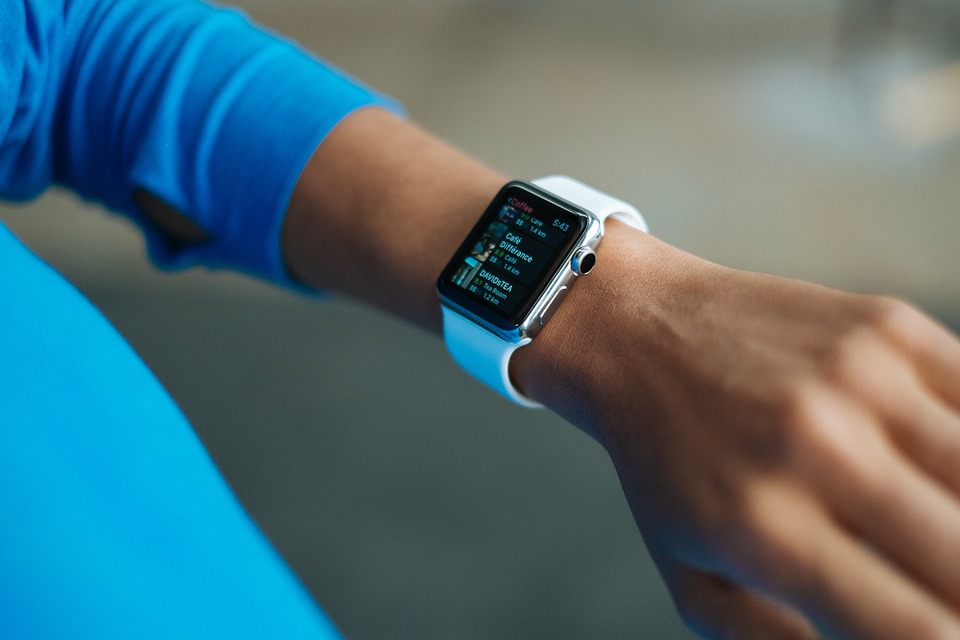This week, Google has released the first in the last three years upgrade for smart watch. Recently, LG and Verizon companies released their own wearables, and Apple Watch reached record sales of 6 million units. However, experts keep talking about a crisis in this market.
According Strategy Analytics, sales of smart watches in 2016 grew by 1% to 21.1 million units. Apple Watch seized 55% of the market, followed by Samsung (11%).
In December, eMarketer released a report in which almost halved its forecast for wearables in 2016 in the United States. Earlier, analysts expected that 63.7 million people would use such devices at least once a month by the end of the year. Now, however, the forecast has been reduced to 39.5 million people.
President of Motorola Aymar de Lencquesaing noted narrowness of the market. He says that smart watches are dependent on smartphones and cannot work autonomously, and this limitation has to be eliminated. "Creating a stand-alone smart watch requires a high level of integration with mobile operators. I'm not sure that the industry is mature enough for that ", - said Mr. de Lencquesaing.
In addition, studies show that people who buy smart watches, often end up not wearing them. According to Gartner’s survey of more than 9.5 thousand of users in the US, the UK and Australia, 29% of their owners do not use their gadgets. According to experts, this is a serious problem for the industry, which could result in a future slowdown.
Meanwhile, Jawbone, which is considered one of pioneers of the fitness trackers market, is leaving the consumer electronics market to focus on medical devices.
According to TechCrunch edition without specifying sources of information, Jawbone is preparing to reorganize its business, namely, move away from unprofitable production of fitness trackers to develop and sell medical products and services.
With this end in view, Jawbone is attracting young company OMADA, which will provide a set of necessary programs to monitor state of health. Through this partnership, Jawbone will create high-precision wearable computers and medical accessories - devices for diabetics, hypertensive, and other people suffering from various ailments.
In August 2016, The Information reported that Jawbone’s owners wanted to sell the company, and therefore were constantly negotiating on this matter.
Above that, for some time media rumored about Jawbone’s plans to sell its audio business, which manufactures wireless Jambox speakers. In addition to sale of this division, the company was considering a possibility of licensing its technologies.
In June 2016, CEO of Jawbone Hosain Rahman said that wearable gadgets "are still very popular and continue to sell well," and the company "never before been so eager" to develop new products.
source: ft.com
According Strategy Analytics, sales of smart watches in 2016 grew by 1% to 21.1 million units. Apple Watch seized 55% of the market, followed by Samsung (11%).
In December, eMarketer released a report in which almost halved its forecast for wearables in 2016 in the United States. Earlier, analysts expected that 63.7 million people would use such devices at least once a month by the end of the year. Now, however, the forecast has been reduced to 39.5 million people.
President of Motorola Aymar de Lencquesaing noted narrowness of the market. He says that smart watches are dependent on smartphones and cannot work autonomously, and this limitation has to be eliminated. "Creating a stand-alone smart watch requires a high level of integration with mobile operators. I'm not sure that the industry is mature enough for that ", - said Mr. de Lencquesaing.
In addition, studies show that people who buy smart watches, often end up not wearing them. According to Gartner’s survey of more than 9.5 thousand of users in the US, the UK and Australia, 29% of their owners do not use their gadgets. According to experts, this is a serious problem for the industry, which could result in a future slowdown.
Meanwhile, Jawbone, which is considered one of pioneers of the fitness trackers market, is leaving the consumer electronics market to focus on medical devices.
According to TechCrunch edition without specifying sources of information, Jawbone is preparing to reorganize its business, namely, move away from unprofitable production of fitness trackers to develop and sell medical products and services.
With this end in view, Jawbone is attracting young company OMADA, which will provide a set of necessary programs to monitor state of health. Through this partnership, Jawbone will create high-precision wearable computers and medical accessories - devices for diabetics, hypertensive, and other people suffering from various ailments.
In August 2016, The Information reported that Jawbone’s owners wanted to sell the company, and therefore were constantly negotiating on this matter.
Above that, for some time media rumored about Jawbone’s plans to sell its audio business, which manufactures wireless Jambox speakers. In addition to sale of this division, the company was considering a possibility of licensing its technologies.
In June 2016, CEO of Jawbone Hosain Rahman said that wearable gadgets "are still very popular and continue to sell well," and the company "never before been so eager" to develop new products.
source: ft.com





